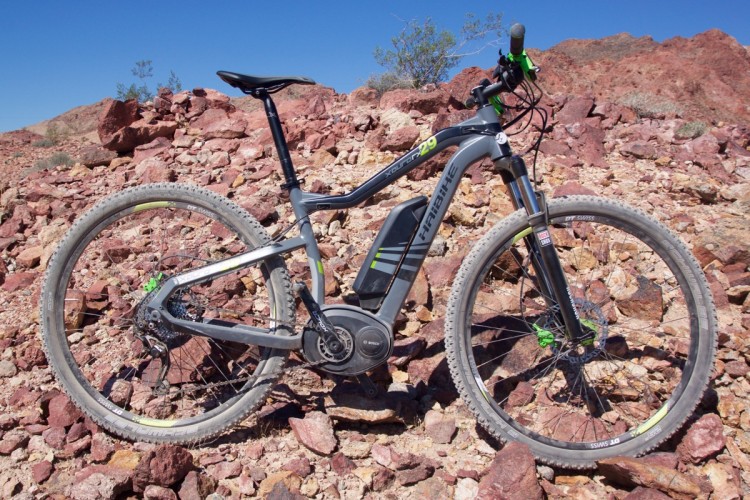
Nobody wants to startle a horse in stride, and we all yield to hikers and runners as they peruse the mountainside flower selection, but what about other mountain bikers? What do you do when you see another rider coming your way on the same piece of bi-directional singletrack?
IMBA has upheld an edict since the 1970’s that has been rewritten a few times, and now looks like this: “Most of the trails we ride are multi-use. Mountain bikers yield to horses and foot traffic, and descending riders yield to climbing riders. This yield triangle has been formally adopted by land managers since the late 1970s and is a significant reason why we have the access we do.” One of the ideas behind why downhill riders should yield is that it takes them less effort to get going again.
On the flip side, this policy doesn’t make sense to everyone. Some riders feel that folks who are descending should have the right of way, as it is far easier for the slower moving climbing rider to simply put a foot down and lean to one side than it is for the faster descending rider to come to a complete stop. Additionally, the climbing rider can hear the noises emanating from the descending rider’s bike long before they see each other, and has more time to safely move aside and stop. The rider on the descent side of the equation cannot hear the other rider, and if they meet on a sharp corner the downhill rider will not know that the climbing rider is there until they can see one another — which is sometimes too late.
Still, another group of riders would argue that no one should have to stop, and instead prefer to have both riders turn to the right just before they pass, letting their tires remain on the trail (or not) while their handlebars snake around one another. This way no one has to spend the energy to stop and restart, though it does require some amount of trust in your fellow shredders’ ability to slant their bike sideways and continue riding in a mostly straight line. Some ecosystems are home to very fragile plants and soil types, and any mistake in this passing maneuver can lead to the widening of trails and sad plant life.
How does this all work out when you encounter someone on flat ground? Nobody knows.
Based on these arguments, and those you have shared over beers with your crew, who do you think should yield the trail?




















